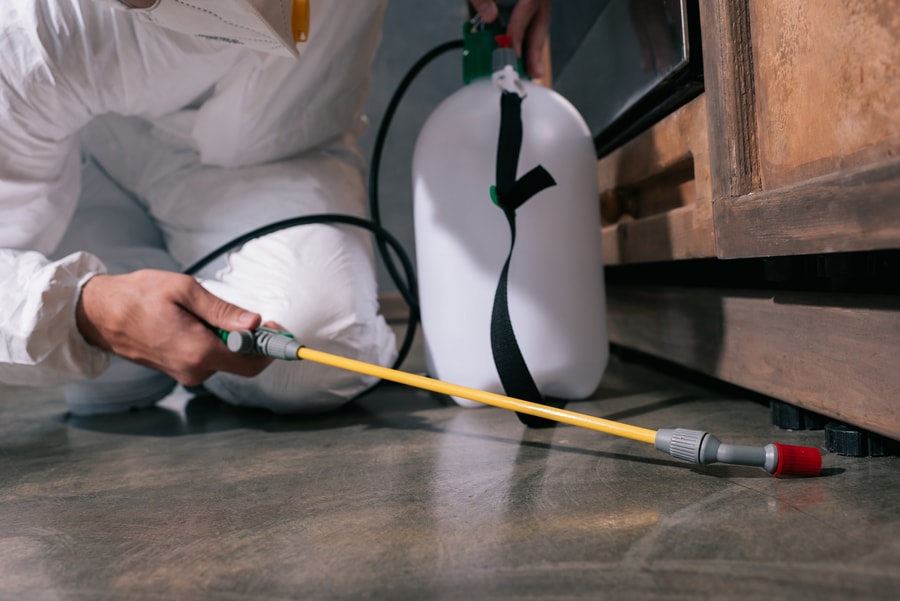How Termite Treatment Is Done
In order to successfully protect your property from termites, it is important to have a thorough understanding of how termite treatment is done. There are a number of steps to be taken, including preparing the soil for the treatment, which is done before the concrete is placed on the property, and grading the property before and after the treatment. These steps must be completed in conditions that allow the formula to be mixed properly, such as at a minimum of 45 degrees Fahrenheit for at least six hours and a maximum wind speed of 10 miles per hour.

Termite Control
The first step in termite treatment is the inspection of the property. This will identify where and when termites are active. Then, an anti-termite treatment is administered. The second step involves treating the soil surrounding the building. This creates a chemical barrier between the termites’ hiding place and the building itself. To do this, the soil must be treated with a chemical emulsion at a rate of 7.5 lit per square meter of the vertical surface area of the substructure.
Before applying the pesticide, it is important to read the label carefully. The label will tell you how much to apply and any risks. If you’re unsure, ask the pesticide company representative for more details. The treatment will last for a different amount of time, depending on the product used.
Termite treatment
A termite treatment is an effective way to get rid of termites in your home. This process involves the placement of baits and barriers in strategic locations of the home. Chemicals are then injected into the walls, at least four feet underground, to eliminate termite colonies. Different methods of termite treatment may be appropriate in different situations.
Termiticide treatments should be performed before the concrete is poured on a property. Before applying the chemical emulsion, the soil must meet certain temperature and wind speed standards. It is also important to treat the soil around the building’s foundation. Termites enter a building from the ground level and move upward through voids in the masonry. For this reason, it is important to drill holes at 45 degrees at regular intervals. The formula should be applied through these holes with a hand-operated pressure pump.
Another effective termite treatment involves removing wood products from a property. Wood products, especially in damp conditions, are prime targets for termites. If there are any wooden products in the home, these should be removed and treated with a termite-resistant treatment. Additionally, wooden piles should be removed from the property and treated with an anti-termite treatment before construction begins. Termite treatment also involves a thorough inspection of the building to identify the extent of the infestation and the routes of entry. Keeping the foundation dry is one of the most effective methods for keeping termites out of a home.
Cost of termite control
There are various types of termite control treatments available in the market. Some of them are less expensive than others. For example, cardboard traps are an economical alternative. The reason is that cardboard is made up of wood fibers, which means that termites may choose to hang out on them. Besides, you can easily make your own cardboard traps with any cardboard you find around the house. You can also use termite bait stations, which are also cheap and effective. A box of ten such bait stations costs around $140. Another cheap termite control treatment is Diatomaceous earth, which is a chemical-free powder. A pound of Diatomaceous earth costs about $23.
Termite treatment cost depends on the type of termites and the level of infestation. Some treatments cost as little as $75, while others may cost up to $6,500. Prices may vary depending on how many termites are infesting your house and whether they are present in multiple levels.

